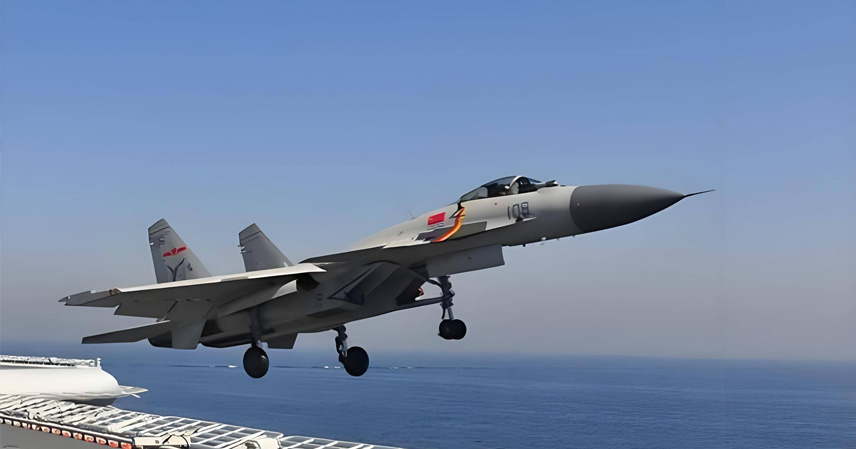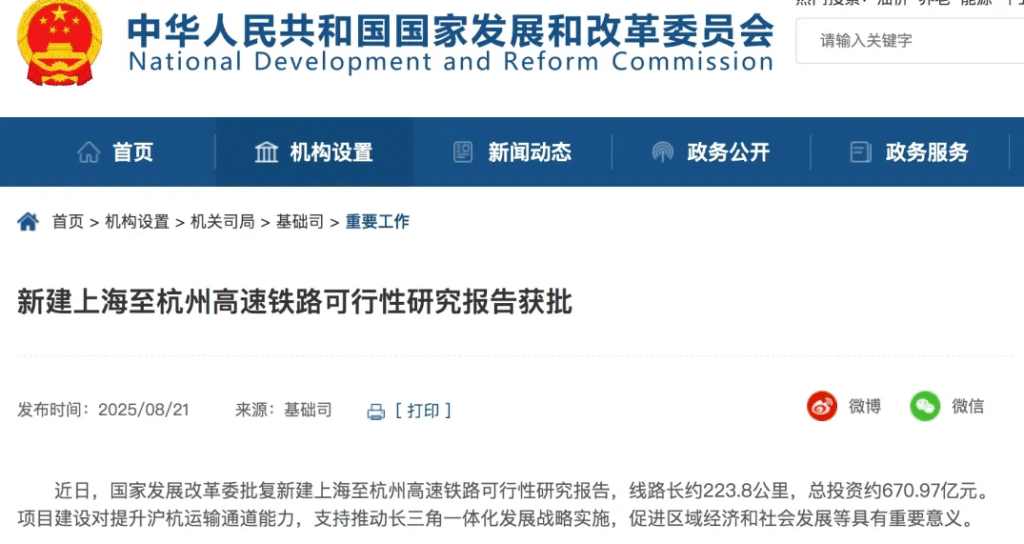In China’s aviation industry, two names stand out: Chengdu Aircraft Industry Group (Chengfei) and Shenyang Aircraft Corporation (Shenfei). Since their founding in the 1950s, these two giants have carried the heavy responsibility of building China’s air power. Chengfei was established in 1958, initially producing copies of the Soviet MiG-21 (J-7 in China), before moving to indigenous designs. Shenfei dates back to 1951, starting with MiG series fighters and later delivering some of China’s most iconic aircraft.
Their importance goes beyond manufacturing: they’ve trained generations of aviation experts and directly shaped the combat capabilities of the People’s Liberation Army Air Force (PLAAF). Today, both firms are again in the spotlight—especially after the December 26, 2024 test flights of two sixth-generation fighter demonstrators, which stunned the world and quietly rattled Washington.
Chengfei: From J-7 to J-20
Chengfei has long focused on fighter jets. Its early claim to fame was domestic production of the J-7 under heavy technology restrictions. By the 1980s, the company worked on upgrades to the J-8, but its true breakthrough came with the J-10 program—China’s first fully indigenous third-generation fighter.
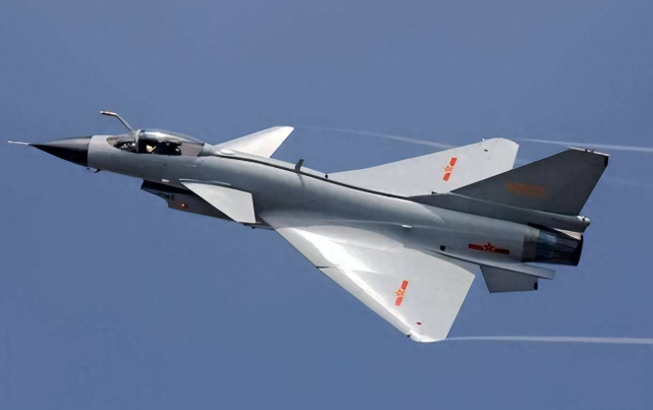
Led by chief designer Song Wencong (1930–2016), the J-10 featured a canard-delta configuration and advanced avionics. After years of limited funding and immense technical challenges, the J-10 made its maiden flight on March 23, 1998, marking a turning point in Chinese aviation. The fighter later evolved into the J-10B/C with stealth coatings and AESA radar, and even entered export markets.
Song’s design philosophy influenced later projects, most notably the J-20 stealth fighter, a Chengfei masterpiece that placed China firmly among the world’s elite air forces.
Shenfei: Heavy Fighters and Carrier Aviation
Shenfei’s history is even older. It produced the J-5 and J-6, foundational to the PLAAF, before taking on the localized production of the Soviet Su-27 in the 1980s, resulting in the J-11. Known for precision manufacturing, Shenfei later took on the J-15 carrier-based fighter, adapted from the Su-33.
Chief designer Luo Yang (1962–2012) oversaw the project, ensuring the fighter’s compatibility with China’s first carrier, Liaoning. On November 23, 2012, the J-15 successfully landed on the Liaoning—a milestone in China’s naval aviation. Luo tragically died of a heart attack just two days later, but his legacy endured.
Shenfei also developed the J-16 multirole fighter, with strong electronic warfare capabilities, further cementing its role as a heavyweight in Chinese aviation.
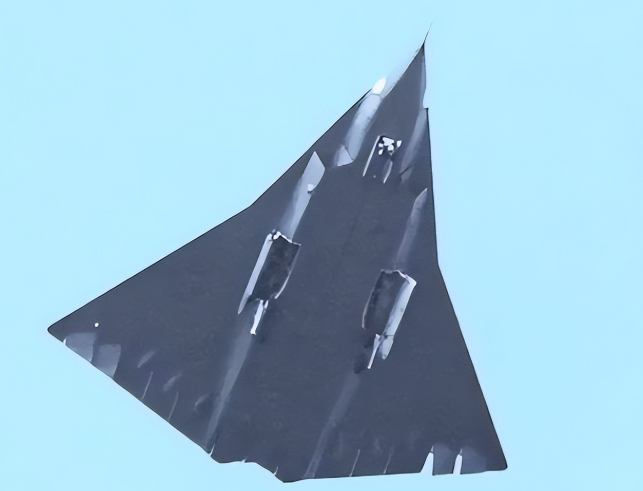
Two Pillars, One Aviation Ecosystem
Together, Chengfei and Shenfei form a north-south balance in China’s aviation sector:
- Chengfei focuses on lightweight, maneuverable single-engine fighters.
- Shenfei specializes in heavy twin-engine and carrier-based aircraft.
Their collaboration extends across materials, engines, and avionics, helping China evolve from copying foreign models to developing indigenous stealth fighters like the J-20 and J-35.
The December 26, 2024 Breakthrough
The real shock came on December 26, 2024, when both Chengfei and Shenfei conducted test flights of their sixth-generation fighter demonstrators.
- Chengfei’s model (numbered 36011) featured a tailless delta design with dorsal inlets and possibly three engines, emphasizing stealth and air superiority.
- Shenfei’s design (rumored J-50) resembled a flying-wing layout, optimized for multirole and carrier-based operations.
Satellite imagery and eyewitness footage confirmed successful flight tests, with J-20S fighters escorting the prototypes. These aircraft embodied next-gen features: supercruise, AI-assisted systems, directed-energy weapon integration, and manned-unmanned teaming.
America’s Quiet Response
Surprisingly, U.S. mainstream media such as CNN and Fox News largely ignored the event. The Pentagon acknowledged it but downplayed its significance, with Air Force Secretary Frank Kendall suggesting China wouldn’t mass-produce such fighters before 2036.
This silence contrasted sharply with the hysteria over China’s 2023 balloon incident or debates on farmland acquisitions. Analysts pointed out that the U.S. Next Generation Air Dominance (NGAD) program is plagued by budget overruns, with projected costs of $300 million per aircraft. China’s rapid, low-cost demonstrator development highlighted this gap.
As critics noted, Washington’s posture smacked of “bullying the weak but fearing the strong.”
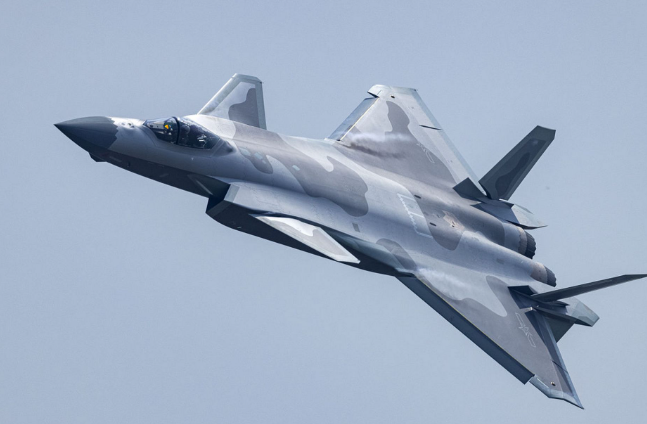
A Sputnik Moment?
The situation evoked comparisons to Sputnik in 1957, when the Soviet satellite launch shocked America into creating NASA and achieving the Moon landing in 1969.
Entrepreneur Elon Musk even remarked on X that China’s test flight was a “Sputnik moment for the United States.” While the U.S. had started NGAD in 2016 and flown a demonstrator in 2020, budget cuts in 2024 slowed progress, while China surged ahead.
This isn’t just about aircraft—it’s a psychological blow to U.S. military planners, who have relied on air superiority since World War II. A generational shift in technology could devalue trillions invested in F-22s, F-35s, and carrier strike groups.
Conclusion: A Turning Point in Military Balance
Chengfei and Shenfei’s twin breakthroughs show that China has broken free from the “copycat” narrative. With over 90% indigenous design in its latest projects, China’s aviation sector is entering a phase of rapid innovation.
For the U.S., this is not only a wake-up call but a systemic challenge. Whether Washington can rediscover its Sputnik-era resolve—or continue under budget paralysis—will determine the future balance of airpower.
Either way, the message is clear: the age of China as a passive follower in aviation is over.
References
- PLA Eastern Theater Command Statements, Dec 2024
- Aviation Industry Corporation of China (AVIC) reports
- U.S. Air Force Secretary Frank Kendall, Jan 2025 Press Briefing
- Elon Musk comments on X, Jan 2025

